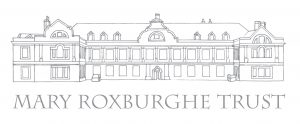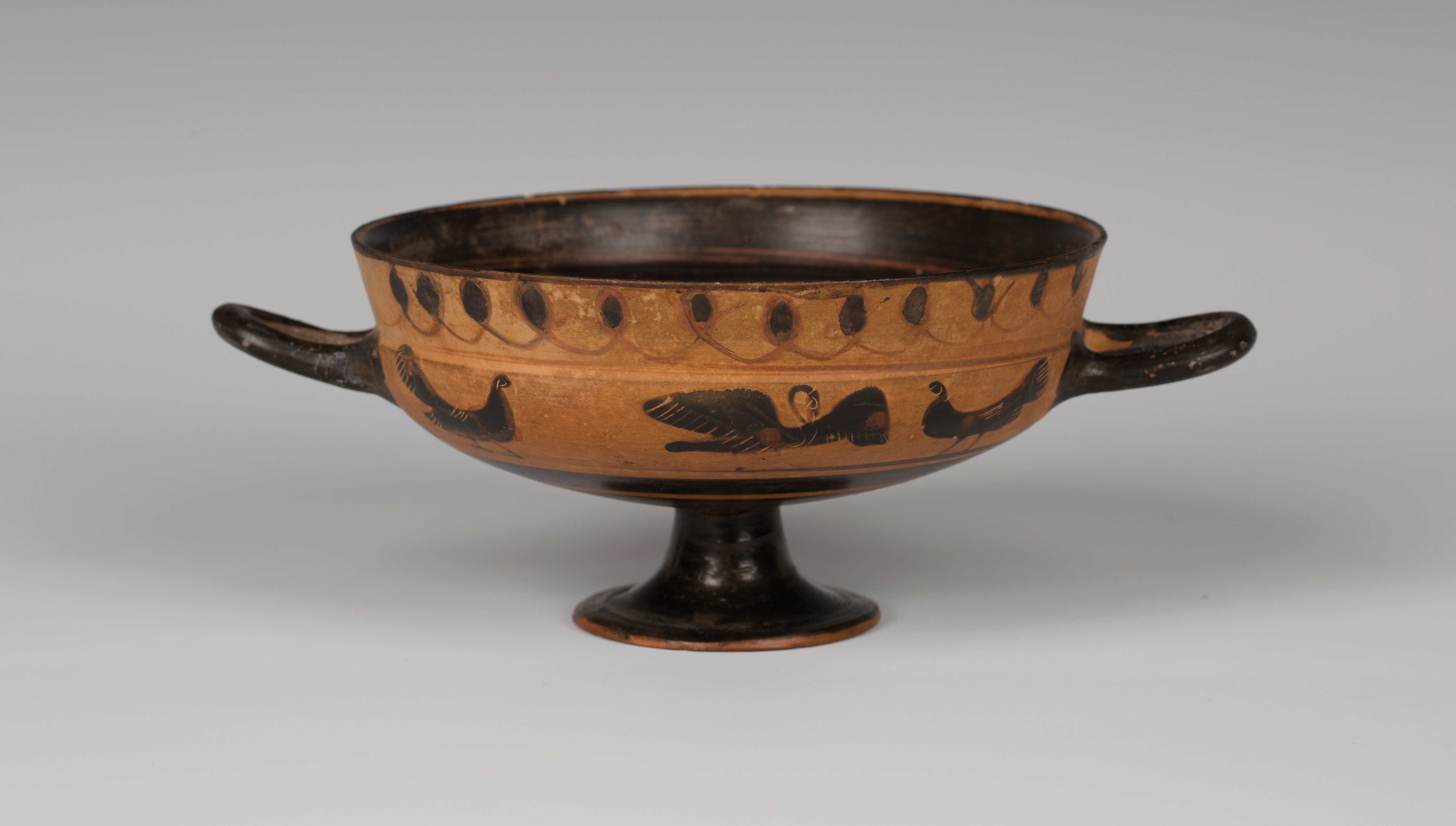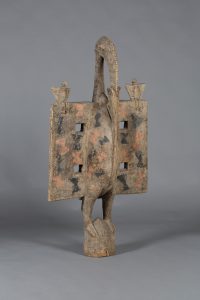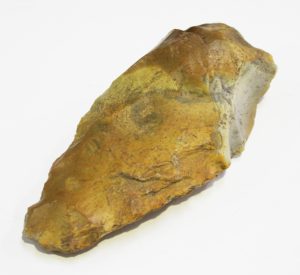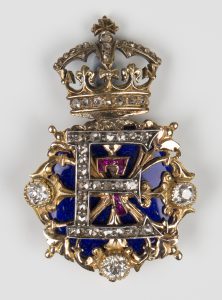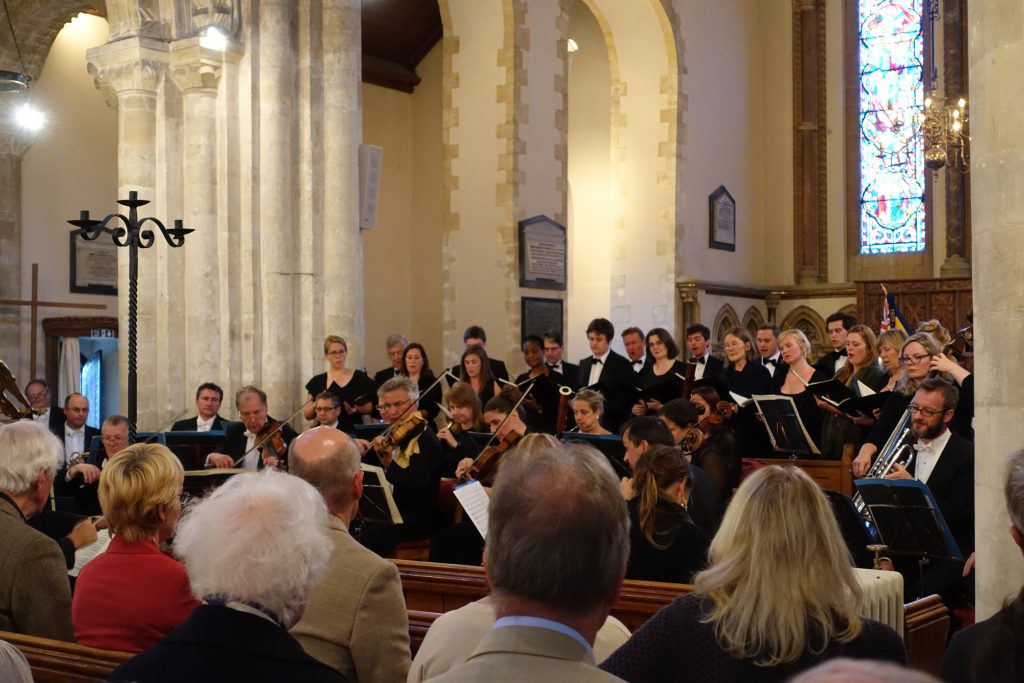
This week I am in the company of the composer and conductor Malcolm Singer who is putting the finishing touches to The Shipley Psalms which will be premiered on Sunday 3rd June as part of the Shipley Arts and Steyning Festivals at Steyning Parish Church.
The inspiration for this commission came out of a conversation between myself, Andrew and Malcolm. We were discussing the American composer Leonard Bernstein’s choral work, The Chichester Psalms, which was commissioned by the cathedral’s organist John Birch and The Very Revd. Dean Walter Hussey for the 1965 Southern Cathedral Festival at Chichester Cathedral. Bernstein incorporated some of the motifs from his most famous work, West Side Story, particularly in the second movement. This new commission has been made possible by the generous patronage of The Shipley Arts Festival and Mr John Snelling.
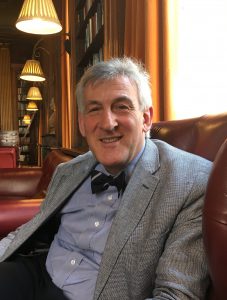
A Reform Jew (rather like Bernstein) Malcolm Singer has spent a lifetime in the service of music as a composer, conductor and educator encouraging and teaching the finest young musicians as the former Director of the Yehudi Menuhin School of Music and now as Professor of Composition at the Guildhall School of Music and Drama in London. He talks about the importance of music in education and how he admires the Shipley Arts Festival Director, Andrew Bernardi’s work with young musicians in Sussex through the Festival’s String Academy. His involvement with the Shipley Arts Festival over many years came about through the outreach work of the Yehudi Menuhin School of Music supporting the String Academy whilst Malcolm was Director.
Our conversation moves to Malcolm Singer’s time in Paris as a young man. He says “I was taught by Mademoiselle Nadia Boulanger. A devout Catholic she was like a guru to me as we explored spirituality and philosophy through music. She developed an understanding of the importance of awareness and memory in me. When I arrived she told me I was very talented but unprepared, which I knew. Her lessons were very tough but loving – she was always challenging you – a tender tyrant. She taught many of the 20th century’s leading musicians and composers including Aaron Copland. Yehudi Menuhin and Leonard Bernstein worshipped her. Mademoiselle Boulanger sent me to observe Bernstein’s rehearsals, recordings and for one to one sessions with him. I observed the discipline in his compositions, conducting and control.”
Malcolm acknowledges that there is no freedom without discipline and the importance of acquiring the vocabulary to express yourself to the fullest extent.
He tells me how he has often conducted Bernstein’s Chichester Psalms which will be sung by The Royal Holloway University choir together with his new Shipley Psalms. I ask him to describe his new musical settings and he responds “They are reflective and fun. The Psalms in liturgical Hebrew are beautiful, poetic and inspiring. Together with the choir Andrew and his Stradivarius violin will have a prominent role.” I remark how empowering the familiar repeated rhythms of worship can be to our spirituality. Malcolm responds “…spirituality by making and listening to music which you rarely get anywhere else – it’s a form of prayer.” I agree.
It is exciting to see new music being composed for the Church in the year in which we celebrate the centenary of Leonard Bernstein’s birth. The evening will also include Mozart’s Flute and Harp Concerto conducted by Malcolm Singer with soloists Bruce Martin (Flute) and Cecily Beer (Harp).
With such a rich patchwork quilt of relationships and talent it promises to be a remarkable evening. To find out more about the 2018 Shipley Arts and Steyning Festivals visit www.bmglive.com/shipley-arts-festival, or www.steyningfestival.co.uk. To book tickets for the Steyning concert go to www.thecapitolhorsham.com or telephone 01403 750220.
By Rupert Toovey, a senior director of Toovey’s, the leading fine art auction house in West Sussex, based on the A24 at Washington. Originally published in the West Sussex Gazette.


